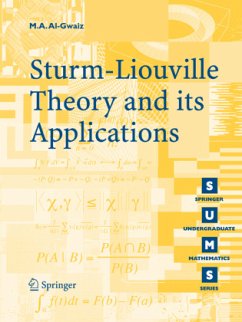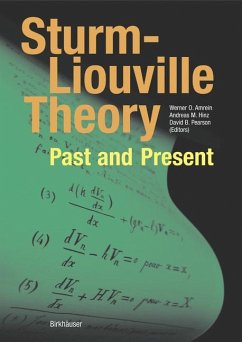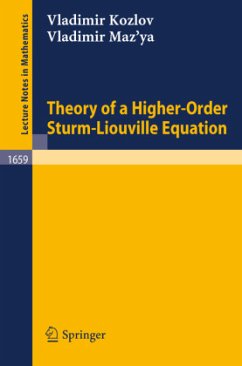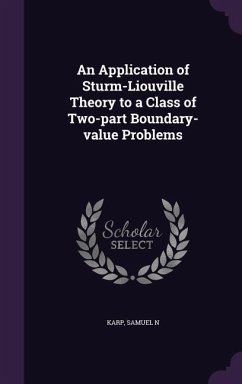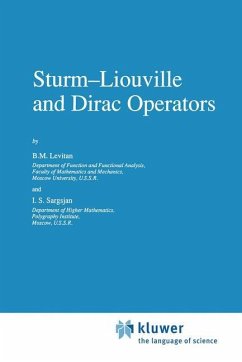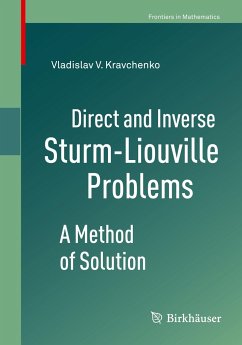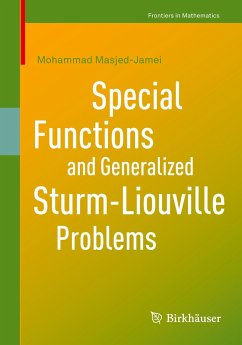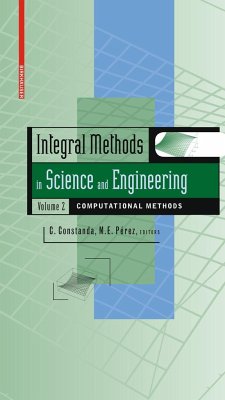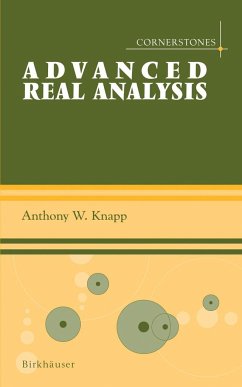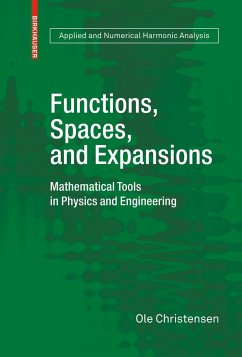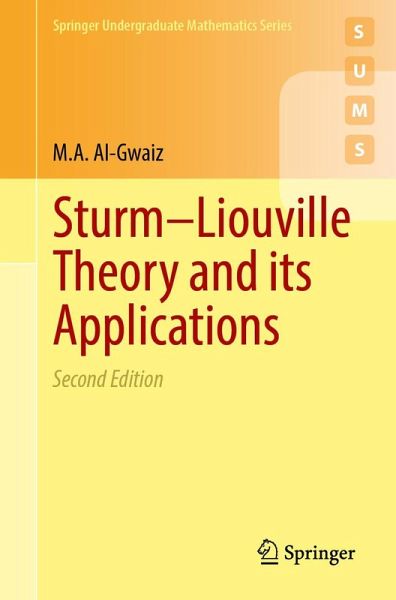
Sturm-Liouville Theory and Its Applications
Versandkostenfrei!
Versandfertig in 6-10 Tagen
38,99 €
inkl. MwSt.

PAYBACK Punkte
19 °P sammeln!
Developed from a course taught to senior undergraduates, this book provides a unified introduction to Fourier analysis and special functions based on the Sturm-Liouville theory in L2. The treatment relies heavily on the convergence properties of sequences and series of numbers as well as functions and assumes a solid background in advanced calculus and an acquaintance with ordinary differential equations and linear algebra. The presentation follows a clear and rigorous mathematical style that is both readable and well-motivated, with many examples and applications used to illustrate the theory...
Developed from a course taught to senior undergraduates, this book provides a unified introduction to Fourier analysis and special functions based on the Sturm-Liouville theory in L2. The treatment relies heavily on the convergence properties of sequences and series of numbers as well as functions and assumes a solid background in advanced calculus and an acquaintance with ordinary differential equations and linear algebra. The presentation follows a clear and rigorous mathematical style that is both readable and well-motivated, with many examples and applications used to illustrate the theory.
Intended for a one-semester undergraduate course, the book includes numerous exercises, with solutions to selected exercises provided and a full solutions manual available for course instructors. Although addressed primarily to undergraduate students of mathematics, the book will also be of interest to students in related disciplines, such as physics and engineering, where Fourier analysis and special functions are used extensively for solving linear differential equations. Familiarity with the relevant theorems of real analysis, such as the Ascoli-Arzela theorem and the dominated convergence theorem, are also useful for following the proofs.
Intended for a one-semester undergraduate course, the book includes numerous exercises, with solutions to selected exercises provided and a full solutions manual available for course instructors. Although addressed primarily to undergraduate students of mathematics, the book will also be of interest to students in related disciplines, such as physics and engineering, where Fourier analysis and special functions are used extensively for solving linear differential equations. Familiarity with the relevant theorems of real analysis, such as the Ascoli-Arzela theorem and the dominated convergence theorem, are also useful for following the proofs.



